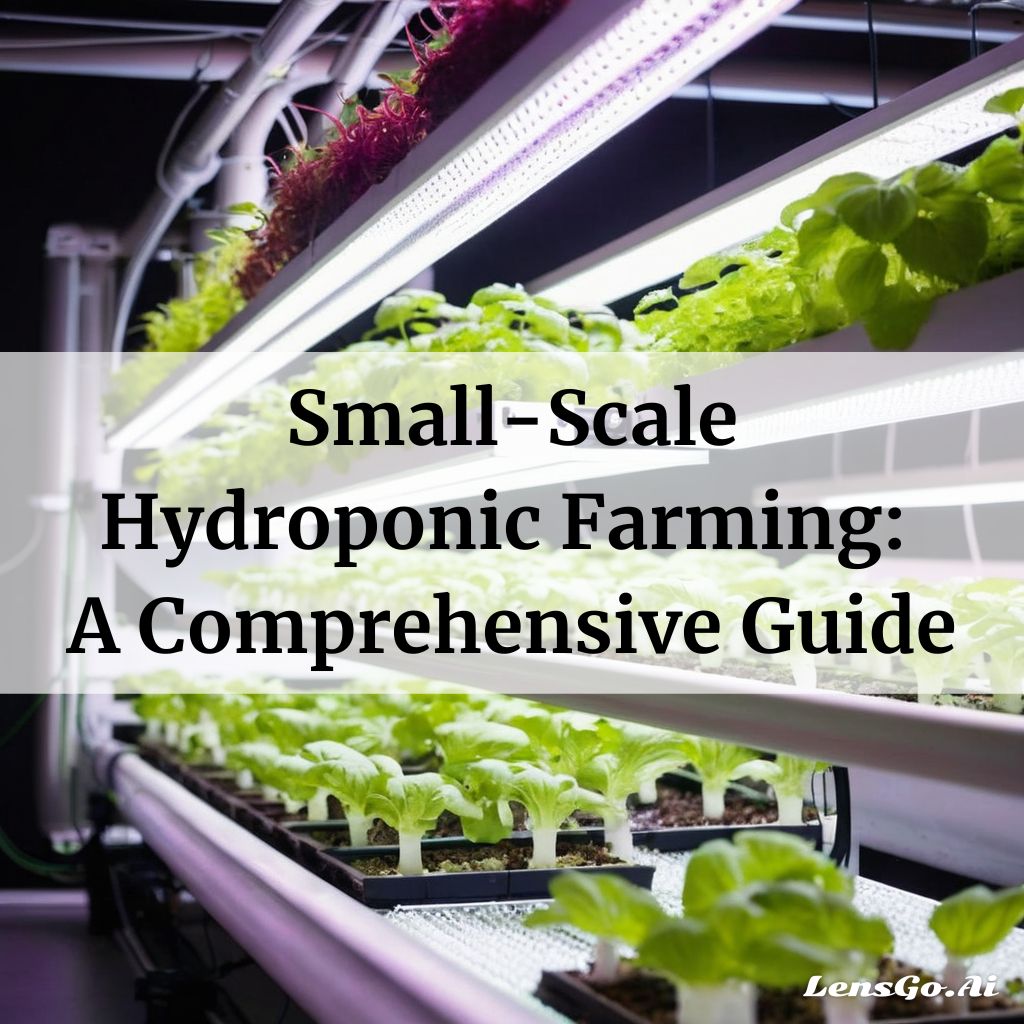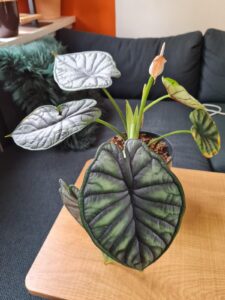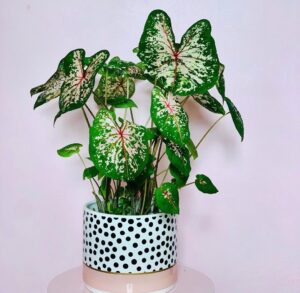
Hydroponic farming is a method of growing plants without soil. Instead, plants are grown in a nutrient-rich water solution that provides all the necessary nutrients for plant growth.
Hydroponic farming has several benefits over traditional soil-based farming methods, including:
- Space efficiency: Hydroponic systems can be set up in small spaces, making them ideal for urban farming or home gardening.
- Water conservation: Hydroponic systems use up to 90% less water than traditional soil-based farming methods.
- Faster growth and higher yields: Plants grown hydroponically can grow up to 50% faster and produce higher yields than plants grown in soil.
In this article
Getting Started with Small-Scale Hydroponic Farming
Selecting the Right System
There are several types of hydroponic systems suitable for small-scale farming, including:
- Nutrient film technique (NFT): This system uses a shallow stream of nutrient-rich water that flows over the plant roots.
- Deep water culture (DWC): This system suspends the plant roots in a nutrient-rich water solution.
- Vertical systems: These systems use a vertical structure to grow plants, making them ideal for small spaces.
Each system has its pros and cons, and it’s essential to choose the right system for your needs. For example, NFT systems are ideal for growing leafy greens, while DWC systems are better suited for larger plants like tomatoes and cucumbers.
Let’s take a deeper look:
Nutrient film technique (NFT) system
Nutrient film technique (NFT) is a hydroponic system that uses a shallow stream of nutrient-rich water that flows over the plant roots. The plants are placed in a watertight gully or channel, and the nutrient solution is recirculated past the bare roots of the plants.
NFT is a popular and versatile hydroponic system that is ideal for growing leafy greens like lettuce, herbs, and other lightweight, fast-growing plants that can be harvested quickly. NFT systems are ideal for small-scale farmers.
One of the advantages of NFT is that it provides a system where all three requirements for healthy plant growth can be met at the same time, provided that the simple concept of NFT is always remembered and practiced.
The result of these advantages is that higher yields of high-quality produce are obtained over an extended period of cropping. However, NFT has very little buffering against interruptions in the flow, such as a power outage. NFT ensures that plants have unlimited access to water at all times, but it is now recognized that fruiting crops can benefit from carefully limited water supplies.
NFT systems use tubes or channels instead of flat trays for the grow tray. This makes it easier to set it at an angle and to make sure that the nutrient solution flows directly to the roots without wasting any of it. Most often in do-it-yourself (DIY) systems, a round tube or PVC pipe is used, with holes drilled to fit the net pots and seedlings. This has the advantage of being cheap and readily available to the home hobbyist.
To plan more accurately which plants fit into an NFT system, it is recommended to use a hydroponic planner that supports precise planning of a system and indicates the resulting pH and TDS ranges.
Variations of NFT systems are available that do not require a constant flow of water through the growth tanks, which can cause problems like overflowing and high energy demand. These systems still require regular circulation of the water to enrich the solution with oxygen.
In conclusion, NFT is a popular hydroponic system is suitable for growing lightweight, fast-growing plants like lettuce, herbs, and other leafy greens.
NFT systems use a shallow stream of nutrient-rich water that flows over the plant roots, providing all the necessary nutrients for plant growth. With proper nutrient and water management, NFT systems can produce higher yields of high-quality produce over an extended period of cropping.
Deep water culture (DWC) system
Deep water culture (DWC) is a hydroponic system that suspends the plant roots in a nutrient-rich water solution. The plants are placed in a net pot or basket, which is suspended above the nutrient solution. The roots grow down into the solution, where they absorb the necessary nutrients for plant growth. DWC is a popular hydroponic system that is easy to set up and use, making it ideal for home gardeners and small-scale farmers.
One of the advantages of DWC is that it provides a system where all three requirements for healthy plant growth can be met at the same time, provided that the simple concept of DWC is always remembered and practiced. The result of these advantages is that higher yields of high-quality produce are obtained over an extended period of cropping.
DWC is suitable for growing short-term, non-fruiting crops such as leafy greens and herbs. The large volume of water helps mitigate rapid changes in temperature, pH, electrical conductivity (EC), and nutrient solution composition.
DWC systems use a reservoir that can hold a decent amount of water. The roots of the plants are suspended in the water, and an airstone is added to provide oxygen to the roots. DWC systems are relatively cheap to build or buy and can support growing large plants. All the benefits of DWC make it a popular classic among hobby hydroponic gardeners.
One of the advantages of DWC systems is that plants may be re-spaced during the growth period, optimizing the growing area in regard to canopy cover and light-use. At germination and transplantation, the seeds and seedlings are far closer together than later on in their life cycle.
DWC systems are great for new growers because there are only a few components, and there are no nozzles that can get clogged, which drastically cuts down on required maintenance for the DWC system.
In conclusion, DWC is a popular hydroponic system that is easy to set up and use, making it ideal for home gardeners and small-scale farmers. It is suitable for growing short-term, non-fruiting crops such as leafy greens and herbs.
Vertical hydroponic system
Vertical systems are hydroponic systems that use a vertical structure to grow plants, making them ideal for small spaces. These systems are becoming increasingly popular among urban gardeners and small-scale farmers who want to maximize their growing potential in limited spaces.
Vertical systems can be used indoors or outdoors and come in a variety of designs, including living walls, tower gardens, and trellis systems.
One of the advantages of vertical systems is that they allow you to grow more plants in less space. By using a vertical structure, you can grow plants upwards instead of outwards, which means you can grow more plants in a smaller area. This makes vertical systems ideal for small spaces like balconies, patios, and rooftops.
Vertical systems come in different designs, each with its advantages and disadvantages. Living walls are vertical structures that are covered with plants, creating a beautiful and functional display.
Living walls can be used indoors or outdoors and are ideal for growing herbs, flowers, and other small plants.
Tower gardens are vertical structures that use aeroponic technology to grow plants.
They are easy to set up and use and can be used indoors or outdoors.
Trellis systems are vertical structures that use a framework of poles or wires to support climbing plants like cucumbers, beans, and peas.
Vertical systems require proper nutrient and water management to ensure optimal plant growth. The nutrient solution must be properly balanced to provide all the necessary nutrients for plant growth.
Water management is also essential to ensure that the plants receive the right amount of water without drowning or drying out.
In conclusion, vertical systems are hydroponic systems that use a vertical structure to grow plants, making them ideal for small spaces. Vertical systems allow you to grow more plants in less space, making them ideal for urban gardeners.
Setting Up the Hydroponic System

Once you’ve selected the right system, it’s time to set it up. Here are the steps to follow:
- Choose the right location: Hydroponic systems require adequate lighting and ventilation, so choose a location that receives plenty of natural light and has good air circulation.
- Assemble the system components: Follow the manufacturer’s instructions to assemble the hydroponic system components, including the reservoir, pump, tubing, and grow bed.
- Ensure proper lighting and ventilation: Plants grown hydroponically require adequate lighting and ventilation to thrive. Consider using LED grow lights and a fan to provide the necessary light and air circulation.
Step-by-step instructions for setting up a DWC system
Deep Water Culture (DWC) is the easiest system to set up for small-scale farming, new and experienced indoor growers alike.
DWC hydroponics is great for new growers because there are only a few components, and there are no nozzles that can get clogged, which drastically cuts down on required maintenance for the DWC system.
Follow these steps:
- Choose a sturdy plastic tote with a lid that is the appropriate size for the number of plants you want to grow. The black totes with yellow lids work well.
- Drill holes in the lid of the tote for the net pots and air hose. Use a hole saw kit and drill bit to make the holes.
- Set up the air system by attaching the air hose to the air pump and the air stone.
- The air stone should be placed at the bottom of the tote so that there is a constant flow of bubbles rising through the system.
- Mix up the nutrient solution according to the instructions on the package.
- Make sure the solution is properly balanced to provide all the necessary nutrients for plant growth.
- Add the nutrient solution to the tote, making sure that the air stone is fully submerged.
- Add plants to the net pots. You can start with bare-root plants or seedlings in mediums like rapid rooter plugs or rockwool.
- Pour a little hydroton into the net pot, set your plant in it, and pour the expanded clay around the plant until it’s level with the top of the net pot.
- Place the net pots in the holes in the lid of the tote, making sure that the roots are hanging down into the nutrient solution.
- Turn on the air pump and monitor the system to make sure that everything is working properly.
- Adjust the pH and EC levels as needed to ensure optimal plant growth.
Once you get your system set up, it’s smooth sailing!
Though hydroponics is generally not a cakewalk. DWC systems are cheap to build or buy and can support growing large plants.
Hobby growers with a smaller budget can see huge yields with just a simple 5-gallon bucket system.
You can get an incredible DWC hydroponic system for 8 plants for under $200! Active Aqua is a great brand for affordable DWC systems.
Choosing the Right Crops
The best crops for small-scale hydroponic farming are those that have a high yield and can grow in small spaces. Some popular choices include lettuce, herbs, tomatoes, cucumbers, and strawberries. When choosing crops, consider factors such as space requirements, growth rate, and market demand.
Nutrient Management
Providing the correct balance of nutrients is essential for plant growth in hydroponic systems. Plants require 17 essential nutrients for growth, including nitrogen, phosphorus, and potassium. There are two types of fertilizers to choose from: liquid and dry. Liquid fertilizers are easier to use but can be more expensive, while dry fertilizers are cheaper but require more preparation.
Water Management
Maintaining proper pH and electrical conductivity (EC) levels in the nutrient solution is crucial for optimal plant growth. pH levels should be between 5.5 and 6.5, while EC levels should be between 1.2 and 2.0. Regular monitoring and adjustment of pH and EC levels are necessary to ensure optimal plant growth.
Pest and Disease Management
Common pests and diseases that can affect hydroponic crops include aphids, spider mites, and powdery mildew. Prevention, early detection, and organic pest control methods are essential for small-scale hydroponic farming. Some effective pest control methods include using ladybugs, neem oil, and insecticidal soap.
Harvesting and Maintenance
Harvesting hydroponic crops at the right time is essential for maximum flavor and yield. Regular maintenance tasks, such as cleaning, sterilization, and nutrient solution changes, are necessary to keep the hydroponic system running smoothly.
In summary
Small-scale hydroponic farming is an efficient and sustainable way to grow fresh produce at home or in urban areas. By following the steps outlined in this guide, you can set up a hydroponic system and grow your own crops with ease. With proper nutrient and water management, pest and disease control, and regular maintenance, you can enjoy a bountiful harvest of fresh, healthy produce all year round.







